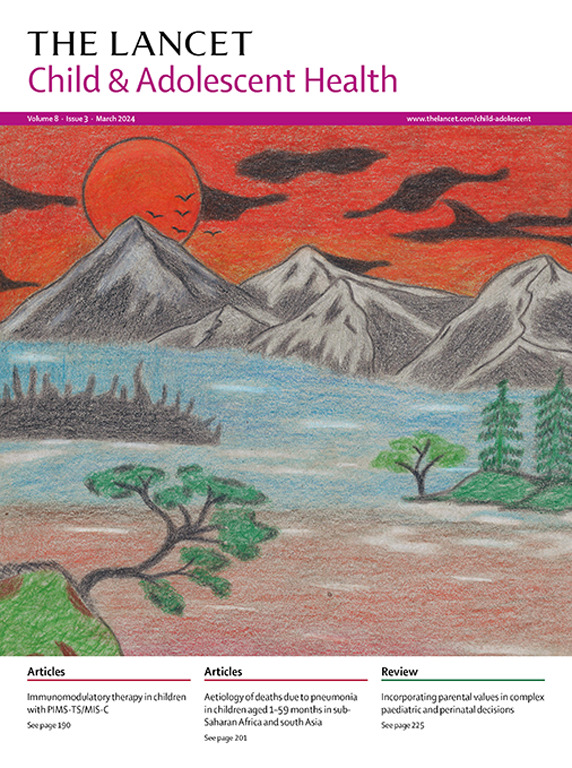Target trial emulation in paediatric research: how can causal effects be estimated from observational data?
IF 15.5
1区 医学
Q1 PEDIATRICS
引用次数: 0
Abstract
Conducting randomised controlled trials (RCTs) in rare paediatric diseases is often impractical or prohibitively expensive. Observational data from longitudinal cohort studies, disease registries, and population-based databases exist for children and adolescents, but standard observational analyses are typically limited by bias. Target trial emulation methods can improve the quality of observational analysis, address common sources of bias, and help fill evidence gaps in paediatric clinical practice. Applying target trial emulation methods in paediatric research creates unique opportunities, but also poses specific challenges. Tailored approaches are needed to address issues with small sample size, treatment-effect heterogeneity, longitudinal follow-up, and missing data. This Review aims to outline key concepts, such as what causal inference and target trial emulation are, justify the use of target trial emulation methods in paediatric observational research, discuss approaches to emulating key elements of an RCT protocol, and highlight unique paediatric applications of target trial emulation.
儿科研究中的目标试验模拟:如何从观察数据中估计因果效应?
在罕见的儿科疾病中进行随机对照试验(rct)通常是不切实际的或昂贵的。来自纵向队列研究、疾病登记和基于人群的数据库的观察性数据存在于儿童和青少年中,但标准观察性分析通常受到偏倚的限制。目标试验模拟方法可以提高观察分析的质量,解决常见的偏倚来源,并有助于填补儿科临床实践中的证据空白。在儿科研究中应用目标试验模拟方法创造了独特的机会,但也提出了具体的挑战。针对样本量小、治疗效果异质性、纵向随访和数据缺失等问题,需要量身定制的方法。本综述旨在概述关键概念,如因果推理和目标试验模拟是什么,证明目标试验模拟方法在儿科观察研究中的使用,讨论模拟随机对照试验方案关键要素的方法,并强调目标试验模拟的独特儿科应用。
本文章由计算机程序翻译,如有差异,请以英文原文为准。
求助全文
约1分钟内获得全文
求助全文
来源期刊

Lancet Child & Adolescent Health
Psychology-Developmental and Educational Psychology
CiteScore
40.90
自引率
0.80%
发文量
381
期刊介绍:
The Lancet Child & Adolescent Health, an independent journal with a global perspective and strong clinical focus, presents influential original research, authoritative reviews, and insightful opinion pieces to promote the health of children from fetal development through young adulthood.
This journal invite submissions that will directly impact clinical practice or child health across the disciplines of general paediatrics, adolescent medicine, or child development, and across all paediatric subspecialties including (but not limited to) allergy and immunology, cardiology, critical care, endocrinology, fetal and neonatal medicine, gastroenterology, haematology, hepatology and nutrition, infectious diseases, neurology, oncology, psychiatry, respiratory medicine, and surgery.
Content includes articles, reviews, viewpoints, clinical pictures, comments, and correspondence, along with series and commissions aimed at driving positive change in clinical practice and health policy in child and adolescent health.
 求助内容:
求助内容: 应助结果提醒方式:
应助结果提醒方式:


